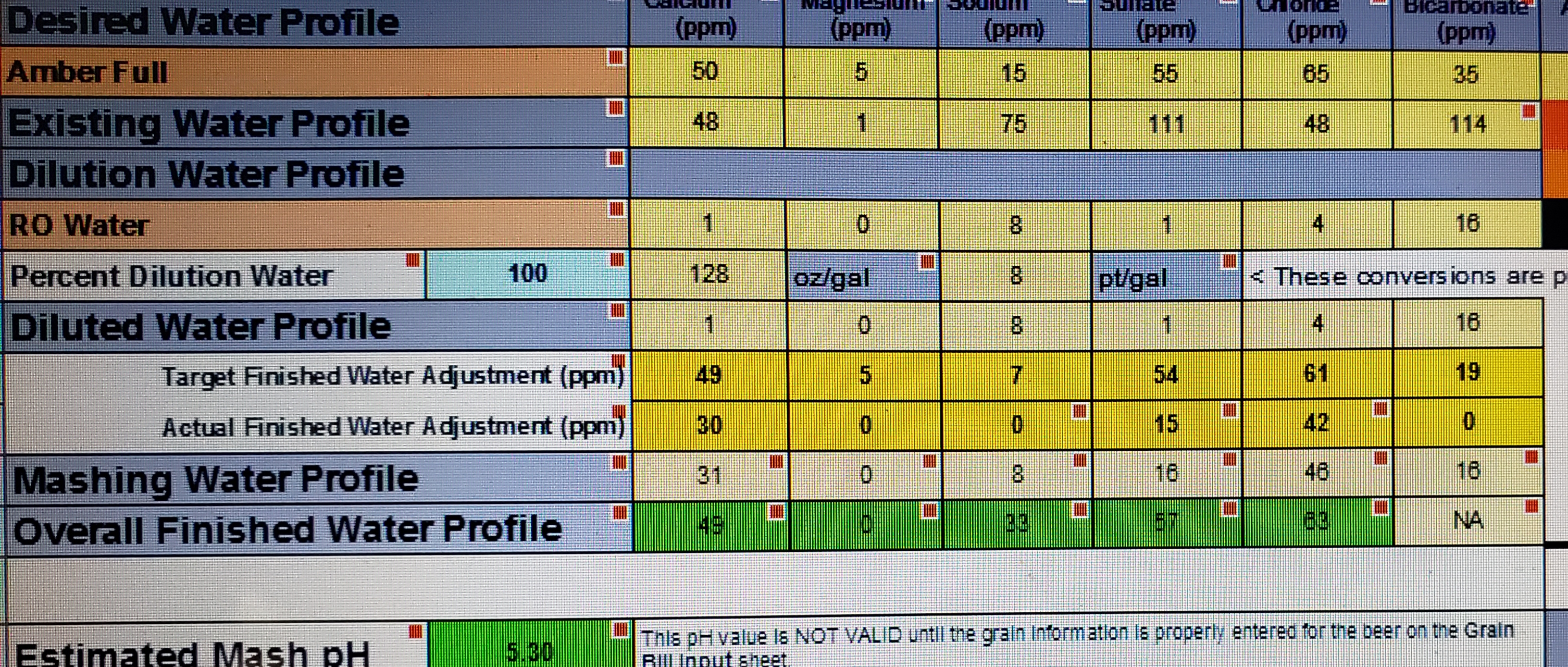From Weyermann, clearly showing that mash pH and Wort pH are different, even for the untreated mash/wort:
View attachment 641733
Within the range of the nominal pH's of most concern to home brewers, the measured difference between a "mash pH" and a "wort pH" seems to be about 0.21 to 0.23 pH points. Is this due to mash pH being read at mash temperature, or (as I suspect) due to something else. I emailed Weyermann for clarification of this a few months ago, but they did not respond to me.
There have been measurements taken by forum members who have seen mashes adjusted to ballpark 5.4 as measured at room temperature at 15-20 minutes into the mash resulting in measured pH's of about 5.61 to 5.63 post the mash (also as measured at room temperature).
There is also an industry level peer reviewed paper I recently read wherein a series of 5 or 6 base malt samples were all adjusted via either biological or mineral acid during the mash to read 5.4 pH as measured specifically at mash temperature (as the article makes quite explicit, and with each being at 50 degrees C. at this juncture of a step-mash), and for which the post lautering "Wort pH" as measured at 20 degrees C. ranged from 5.8 to 5.9 (or 5.85 pH on average) for all samples. This is an average rise of an astounding 0.45 pH points across the transition from early mash to further downstream wort. Roughly half of which I credit to the measurement temp. difference (50 C. vs. 20 C. measurement), and half being due to the typical difference Weyermann sees between "mash pH" and "Wort pH". This 0.45 pH rise being why I suspect that the difference in "mash" and "wort" pH valuations can not be due solely to measurement temperature differential alone.































![Craft A Brew - Safale BE-256 Yeast - Fermentis - Belgian Ale Dry Yeast - For Belgian & Strong Ales - Ingredients for Home Brewing - Beer Making Supplies - [3 Pack]](https://m.media-amazon.com/images/I/51bcKEwQmWL._SL500_.jpg)




























